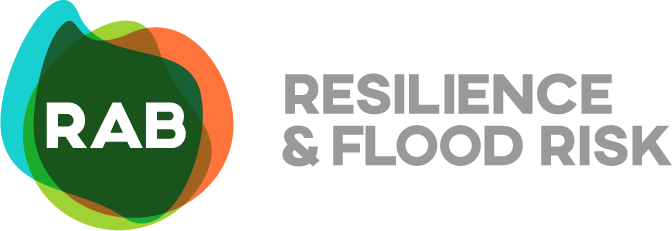The RAB Team recently undertook a Flood Risk Assessment (FRA) and Natural Hazard Risk Assessment for a commercial unit in Northampton. These assessments were carried out to support the client’s compliance with BREEAM requirements.
What is BREEAM and why do companies pursue it?
BREEAM (Building Research Establishment Environmental Assessment Method) is the world’s leading sustainability assessment method for buildings and infrastructure. It provides a comprehensive framework to evaluate and rate the environmental performance of a building throughout its lifecycle. Key categories assessed include energy efficiency, health and wellbeing, water usage, and resilience to environmental risks.
Achieving BREEAM certification demonstrates a company’s commitment to sustainability. It also enhances corporate reputation, reduces operational costs through improved building performance, increases asset value, and contributes to healthier working environments. As sustainability becomes increasingly central to business practices, more companies are striving to meet or exceed BREEAM standards.
Flood Risk Assessment (FRA)
The Flood Risk Assessment involved a detailed analysis of flood risk from various sources including fluvial (river), pluvial (surface water), coastal, defence failure, groundwater, artificial water bodies and sewer flooding. Using the best available data and technical expertise, the team comprising Gavin Wilson and Saajeda Bandali, identified and assessed the potential flood risk to the building and benchmarked them against the relevant BREEAM criteria.
Mitigation measures were recommended based on the specific circumstances of the building. These measures aimed to understand the risk from this particular source further in order to reduce both the likelihood and impact of flooding, thereby enhancing the resilience and supporting the long-term protection of the asset.
Natural Hazard Risk Assessment
In parallel with the FRA, Saajeda conducted a comprehensive Natural Hazard Risk Assessment. This process involved the identification, evaluation, and prioritisation of a wide range of natural hazards that could impact the building.
Both existing and required mitigation measures were identified and assessed, and practical recommendations were provided to enhance the building’s preparedness and adaptive capacity. Where feasible, these recommendations were implemented to reduce risk.
A critical element of this assessment was the development of a robust Emergency Strategy and Communication Plan. These outlined clear roles and responsibilities associated with the strategy and ensured effective communication and coordination with all relevant stakeholders in order to maintain operational safety and resilience.
Delivering risk management that adds value
We help clients pursue BREEAM certification through expert risk assessments that go beyond compliance. Our integrated approach not only addresses environmental and natural hazard risks but also contributes to the development of sustainable and resilient buildings.
By combining expert analysis with actionable strategies, we help future-proof buildings and protect investments, ensuring our clients meet their sustainability goals while building safer, more resilient environments.
RAB deliver a wide range of flood risk management, engineering, and resilience services for both public and private sector organisations. More information is available here on our website, or you can get in touch for an informal discussion on your specific project by email to enquiries@rabconsultants.co.uk or call our head office in Lichfield on 0330 223 6475.
#NaturalHazardsAssessment #FRA #FloodRiskAssessment #FloodRisk #BREEAM #BREEAMAssessment #Sustainability #Risk


